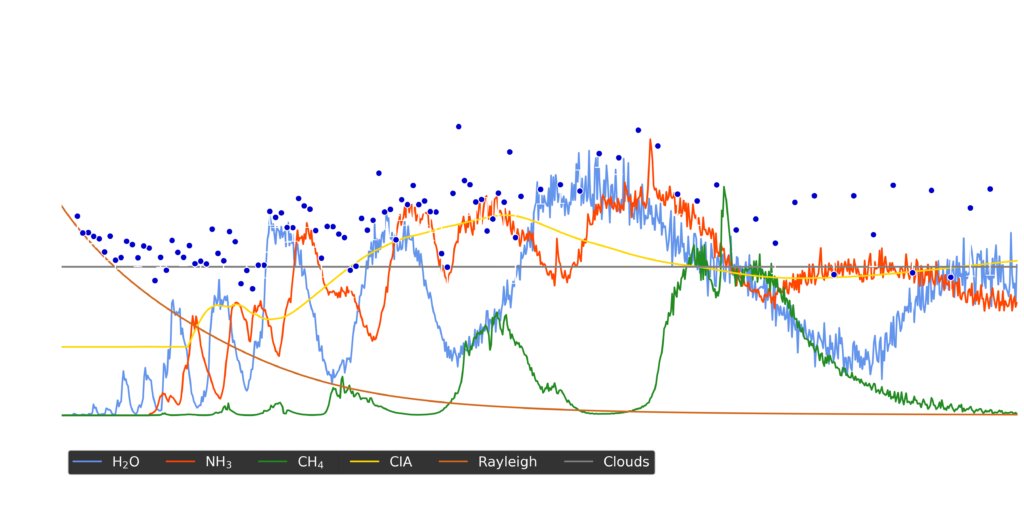The spectroscopic characterisation of exoplanet atmospheres is a vital component in our search for molecular species on other planets. The identification of atmospheric constituents is necessary for determining the different physical and chemical conditions of their atmospheres; information that is essential for developing our understanding of the various formation and evolutionary pathways. In this blog, we will describe how the Twinkle Space Mission is set to play a key role in the upcoming era of exoplanet atmosphere characterisation.
The broad visible-to-infrared wavelength coverage provided by Twinkle will build on the exoplanet science already achieved with ground telescopes along with the Hubble Space and Spitzer Space Telescopes, enabling the detailed characterisation of many more exoplanet atmospheres. Spitzer covered wavelengths up to approximately 24 micrometres, with exoplanet observations predominantly performed in two photometric channels at 3.6 and 4.5 micrometres. The Hubble Space Telescope, with its comprehensive instruments including the WFC3 G141 and STIS, enabled the study of a variety of spectral ranges up to 1.7 micrometres. The pioneering observations made by these space facilities resulted in the identification of molecules such as H2O, CH4, CO and CO2. Now, the scientific community is keen to follow up with further observations to complete a comprehensive inventory of atmospheric compositions. The James Webb Space Telescope (JWST), scheduled to launch in October 2021, will cover a spectral range of 0.6 – 13 micrometres for transiting exoplanets. However, this full range will not be achievable in a single transit and requires a combination of different instruments.
Combining multiple data sets from different instruments over several transits is currently the only way to obtain a complete wideband spectral coverage and it is here that Twinkle will excel, by performing simultaneous spectroscopy from 0.5 to 4.5 microns. Twinkle’s wide wavelength coverage will enable the detection of more molecules thanks to its sensitivity to the presence of additional spectral features. The increased number of atmospheric constituents that will be identified by Twinkle, can be seen clearly in spectral retrievals that the Twinkle science team has simulated. Figure 1 shows the detected molecules through their contributions to the final spectrum of the famous exoplanet HD 209458b. The final spectrum, including the spectral features produced by these molecules.


Additionally, wider coverage may provide redundancies resulting from simultaneous detection of the same molecules across multiple spectral bands. This will improve the constraints on the quantities of these molecules and the reliability of their detection. Twinkle’s ability to effectively constrain abundances can be seen in the posterior distributions from a retrieval of simulated data of HD 209458 b (Figure 3).

In this simulation, using a single instrument and a solitary transit (although transits can be repeated to increase the signal-to-noise ratio), Twinkle overcomes some of the obstacles faced by existing facilities when attempting to improve wavelength coverage. As there will be no requirement to ‘stitch together’ numerous narrow wavelength ranges, the ability to perform data analysis with Twinkle will not be impacted by inconsistencies between datasets provided by separate instruments and transits.
In addition to providing high-quality spectroscopy of exoplanet atmospheres to better detect and better constrain the quantities of a wider range of molecules, Twinkle’s simultaneous broadband spectroscopy will allow for clearer consistent analysis of the spectroscopic data. Combined with an access model that bypasses the oversubscription problems of existing facilities, Twinkle is set to provide a valuable asset to the scientific community.
With thanks to George Meddings for his contributions to this article.
